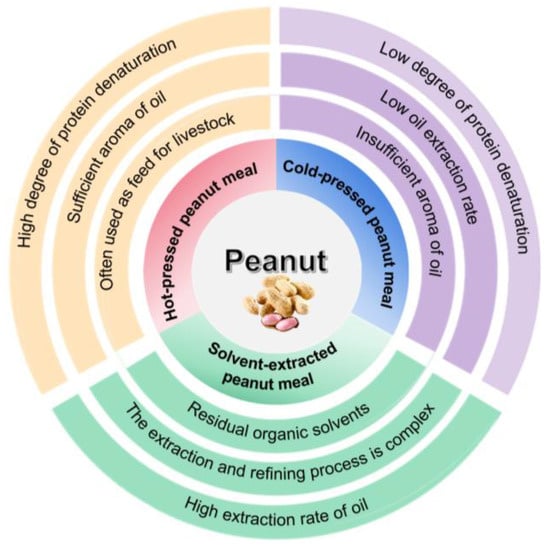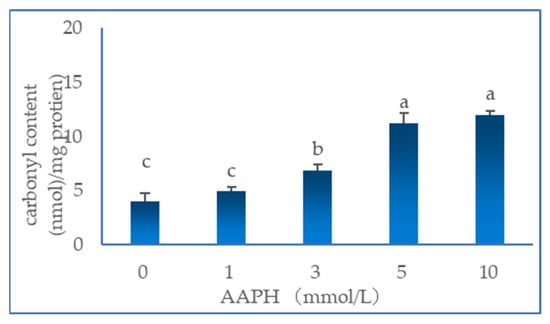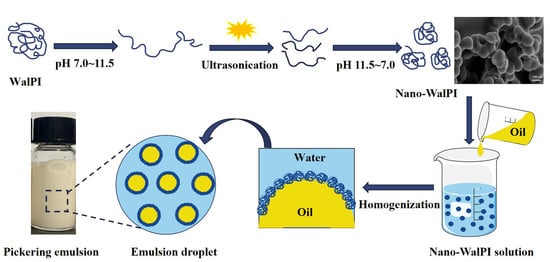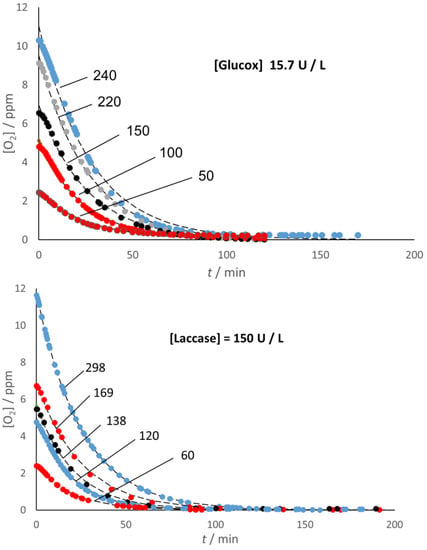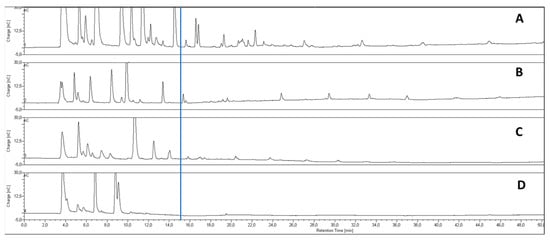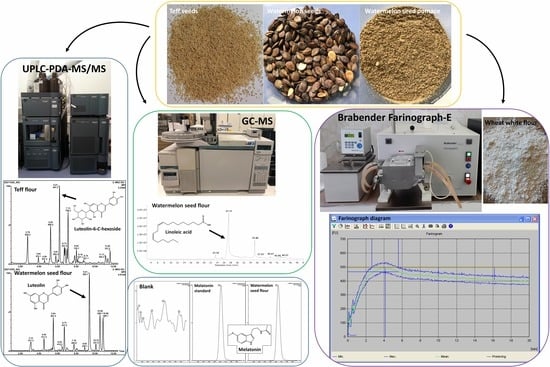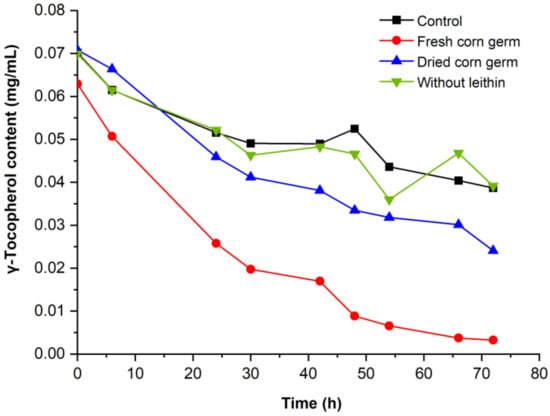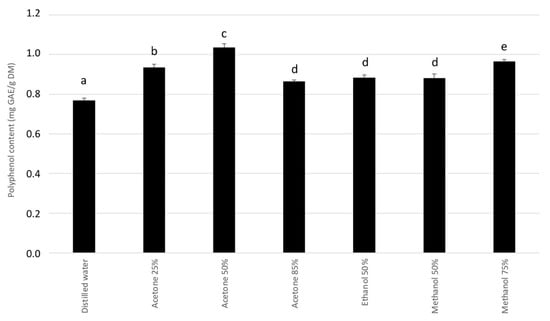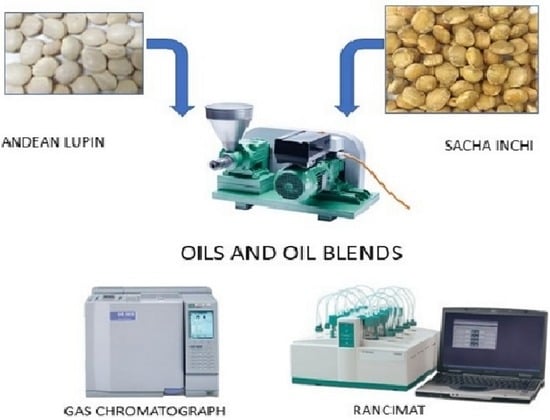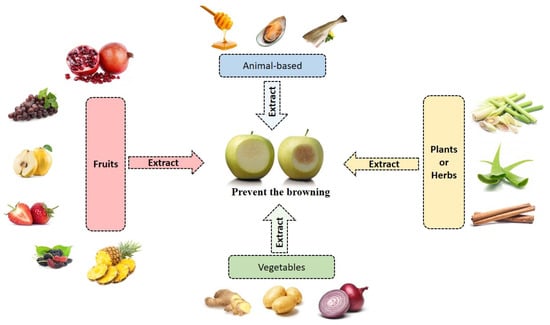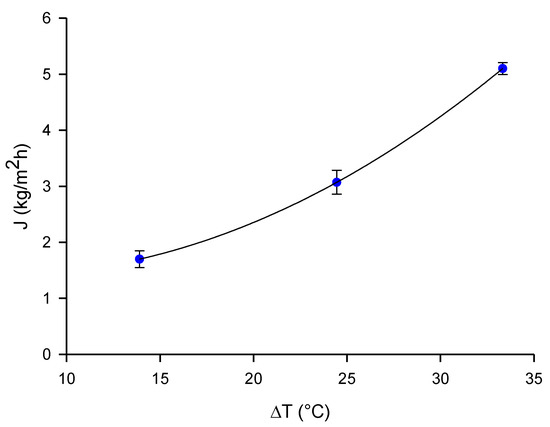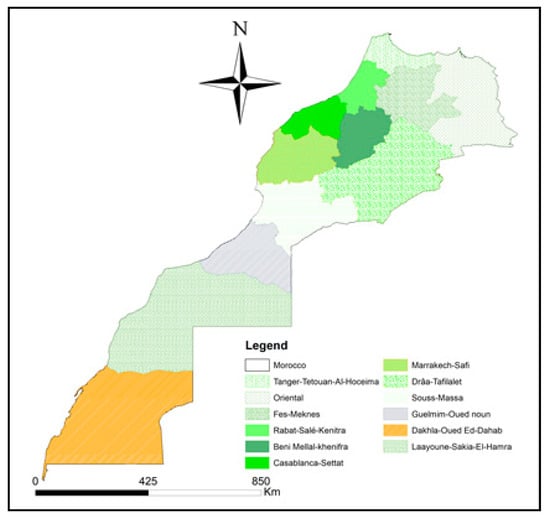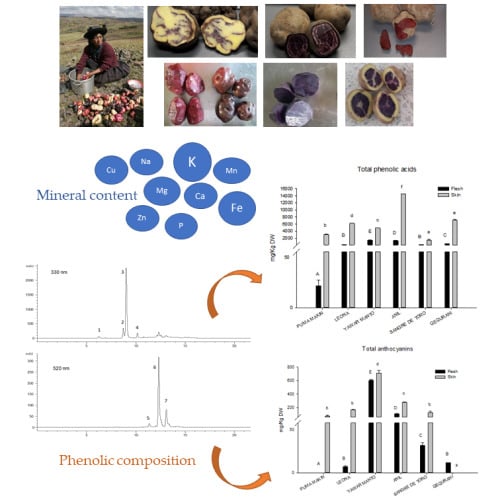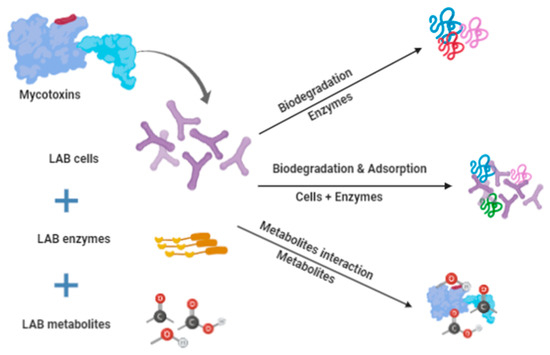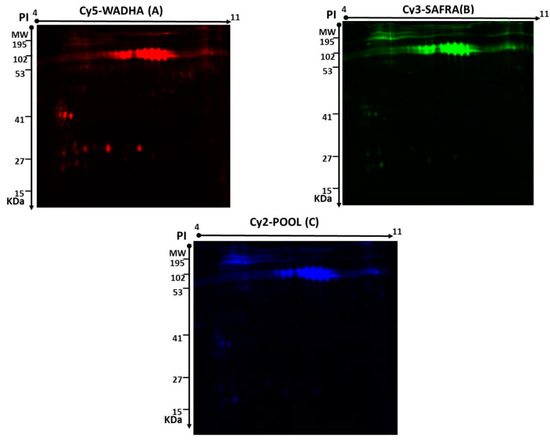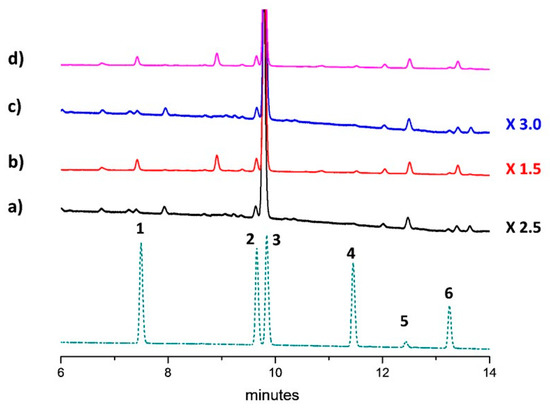<p>HPTLC results of separation of fraction isolated from raw and bonfire-grilled marshmallows (HPTLC Nano-SIL-PAH F<sub>254</sub> plates, the nano-silica layer impregnated with the caffeine, developed with dichloromethane, and observed under UV light at λ = 366 nm).</p> Full article ">Figure 2
<p>The GC-MS/MS chromatogram for the PAHs fraction isolated from colored marshmallows grilled over the bonfire (<b>A</b>) and an example SRM mass spectrum of BaP determined in this fraction (<b>B</b>).</p> Full article ">Figure 3
<p>The fragment of GC-MS/MS chromatograms recorded for PAHs fraction isolated from grilled (colored, classic) (<b>A</b>) and non-grilled (raw, classic) marshmallows (<b>B</b>).</p> Full article ">Figure 4
<p>Comparison of PAH8 concentrations [ng/g] in white and colored grilled marshmallows.</p> Full article ">Figure 5
<p>Concentrations of PAH8 in white marshmallows grilled in an electric oven and over the bonfire [ng/g].</p> Full article ">Figure 6
<p>Correlations between BaP and PAH8 in grilled marshmallows.</p> Full article ">Figure 7
<p>Percentage of PAHs in PAH4 in grilled marshmallows determined using the GC-MS/MS technique (recommended for determination in food by the EFSA).</p> Full article ">Figure 8
<p>Percentage of PAHs in PAH8 in grilled marshmallows determined using the GC-MS/MS technique (recommended for determination in food by the EFSA).</p> Full article ">




